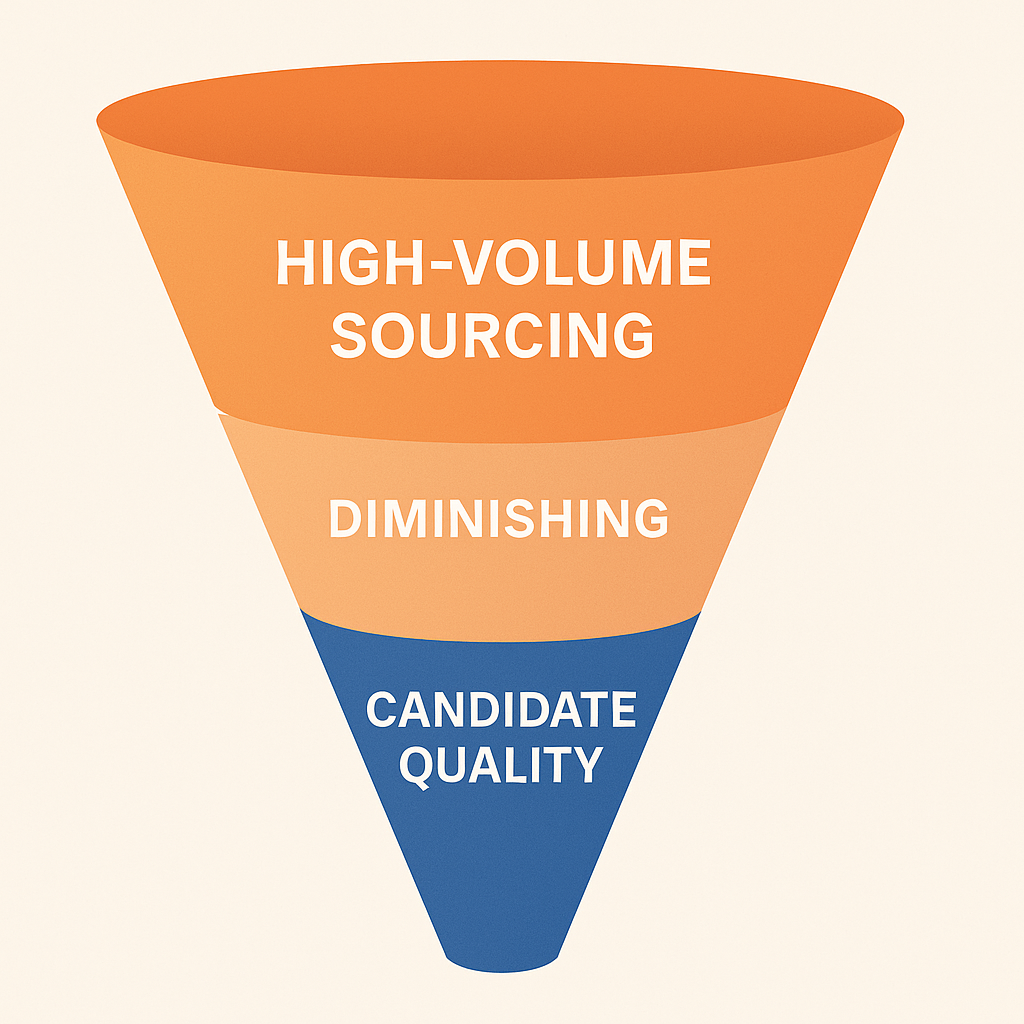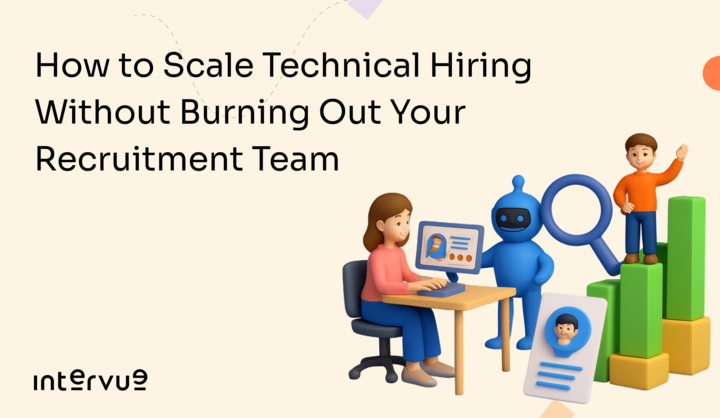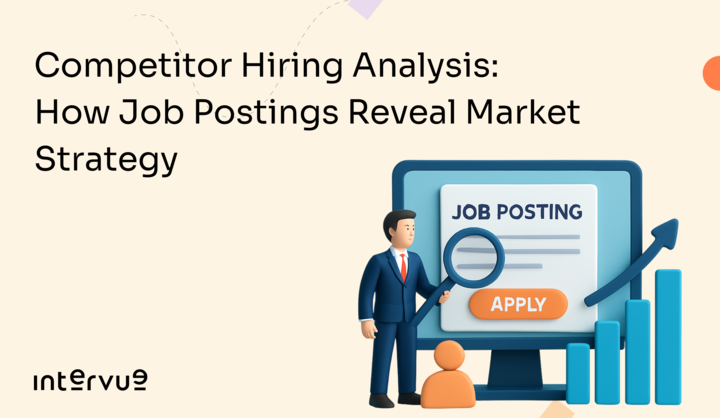Job Hunting Sites: The TA Leader’s Guide to Sourcing vs. Quality

The Enterprise Talent Sourcing Paradox: Why Job Hunting Sites Require Structured Decision Intelligence
Context: The Sourcing Shift and The Volume Challenge
The evolution of online job portals has reshaped the recruitment landscape. By enabling global visibility and seamless access to talent, job hunting sites—ranging from high-volume aggregators to niche platforms—have become foundational sourcing channels for modern Talent Acquisition (TA) teams. Yet, with this abundance comes an operational paradox: large candidate pools often dilute candidate quality, overwhelm systems, and increase the risk of inconsistent hiring decisions.
The modern TA leader is therefore confronted with a dual mandate: maximise sourcing reach while safeguarding assessment integrity.
The Current State of Digital Talent Marketplaces
Mass Aggregation
Job search engines like Indeed operate at staggering scale. Indeed alone reports over 300 million monthly active users, aggregating millions of listings across industries, seniorities, and geographies. These platforms prioritise visibility and distribution—critical for organisations seeking volume.
The Influx of Noise
A typical posting on a major job board receives 250+ applications, with a significant proportion lacking the necessary skills or alignment. Recruiters report that “quick-apply” convenience often incentivises indiscriminate applications, resulting in inflated pools with limited relevance.
The Usability Deficit
Jobseekers frequently cite unintuitive UX across widely-used platforms—confusing sign-in flows, duplicate listings, and algorithmic feed issues. These usability challenges contribute to inconsistent candidate experiences and create additional noise in recruiter pipelines.

Market Insight: Navigating the General vs. Niche Divide
Strategic talent sourcing is no longer about choosing where to post but why specific channels align with your talent strategy. High-volume job boards offer reach; niche platforms offer precision.
General Platforms: Scale, Perception, and Risk
Indeed
A dominant aggregator offering unparalleled reach. Ideal for generating visibility but known for high noise ratios. Many TA teams report large volumes of irrelevant applications and challenges filtering for specialised roles.
LinkedIn
The professional networking backbone of the hiring ecosystem. Beyond job listings, LinkedIn serves as a relationship-driven sourcing hub where passive talent engagement and recruiter outreach often outperform mass posting methods.
Glassdoor
Initially a company rating site, Glassdoor now sits within the broader Indeed ecosystem. Its value lies in salary transparency, anonymous employee reviews, and reputation signals that influence candidate decisions. Research shows 72% of jobseekers check Glassdoor before applying.
The Strategic Advantage of Niche Sourcing
Higher Relevance
Platforms such as Built In (US tech hubs) and Wellfound (startups and early-stage ventures) routinely deliver up to three times more relevant applications than general platforms. Their curated ecosystems naturally filter for jobseekers with aligned interests and domain expertise.
Exclusive Opportunities
Approximately 70% of roles never appear on mainstream boards, instead circulating within sector-specific networks, alumni groups, or community-driven niche boards. For TA leaders, this shift reflects a broader sourcing truth: quality talent congregates in specialised environments.
Framework: Integrating Sourcing Channels with Quality Control
High-volume sourcing is only valuable when paired with an assessment engine capable of filtering signal from noise. Without a structured, bias-mitigating framework, job hunting sites can rapidly flood TA systems with unqualified candidates.
Proof/Data/Examples: Challenges and Best Practices
The Low-Quality Application Trap
“Easy Apply” mechanisms, despite improving speed, often degrade application quality. Hiring managers report lower alignment and less thoughtful submissions. Industry career experts therefore recommend applying directly on employer websites, a signal associated with greater intent and perceived seriousness.
Necessity of Advanced Filtering
To control volume, recruiters increasingly rely on Boolean search operators (AND, OR, NOT, quotes, parentheses) to query candidate databases with precision—effectively transforming job boards into targeted search environments.
Mitigating Bias and Risk
Research from SHRM, Deloitte and McKinsey highlights the pitfalls of unstructured interviewing: inconsistent criteria, subjective judgments, and elevated exposure to compliance risks. Without structured evaluation, even high-quality sourcing pipelines risk collapse during the assessment phase.
Intervue Bridge: How Structured Decision Intelligence Ensures Quality Outcomes
Job hunting sites are vital for generating candidate supply. But volume alone cannot improve quality-of-hire. Intervue.io provides the essential bridge—converting unstructured job board inputs into consistent, defensible, data-backed hiring decisions through a unified interview OS.
Standardising the Interview Funnel
AI Screening to Filter Noise
Intervue’s AI Screening layer rapidly processes large applicant inflows—typical when sourcing from platforms like LinkedIn and Indeed—identifying candidates who meet predefined skill criteria. This ensures TA teams spend time evaluating talent, not triaging volume.
Calibrated Interviewers & Structured Rubrics
Every candidate is assessed using structured rubrics, calibrated by expert interviewers through Intervue’s Interview-as-a-Service capability. This eliminates subjective variance and ensures fair, repeatable evaluation across roles and sources.
Decision Intelligence & Funnel Analytics
Intervue’s Decision Intelligence links top-of-funnel sourcing channels to eventual performance outcomes. TA leaders gain clarity on which job hunting sites yield the highest signal-to-noise ratio, informing future budget allocation.
Ensuring Integrity
With audit trails, anti-cheating safeguards and compliance-focused workflows, Intervue delivers the governance required for remote and hybrid interviewing environments—turning sourcing volume into a predictable, quality-controlled hiring pipeline.
Conclusion: Optimising for Predictability, Not Just Volume
Job hunting sites—whether broad or niche—remain indispensable talent sourcing channels. However, success in the modern hiring environment no longer hinges on reach alone. The organisations that outperform are those that:
- strategically combine general and niche job boards,
- apply advanced filtering (Boolean search),
- assess with structured, bias-free rigour, and
- unify their interview funnel with decision intelligence.
Intervue.io provides the structured assessment and quality control layer needed to convert sourcing volume into high-quality, validated hiring decisions.
Request a Demo of Intervue.io
Transform your sourcing strategy from high-volume to high-accuracy. With Intervue’s unified interview OS, you can guarantee fair, structured, and predictable hiring outcomes.
Request Demo
FAQs
1. Is it true that niche job boards yield better results than platforms like Indeed?
Yes. Studies consistently show niche boards produce up to three times more relevant applications, often featuring roles that never appear on major aggregators.
2. What is the best way to handle the high volume of applications received from general job hunting sites?
Use advanced filters—especially Boolean search—combined with automated tools such as Intervue’s AI Screening to reduce noise and prioritise qualified applicants.
3. Why should candidates apply directly to the company website instead of using “Easy Apply”?
Direct applications show stronger intent and are often reviewed more seriously, whereas quick-apply features generate lower-quality pools.
4. What role does Glassdoor play if many platforms now display salary information?
Glassdoor remains essential for anonymous employee reviews, culture insights and user-reported salary data that contextualise pay ranges.
5. How do recruiters effectively search for candidates on job sites using advanced techniques?
They deploy Boolean search operators—AND, OR, NOT, quotation marks—to target precise skillsets and exclude irrelevant profiles across job boards and databases.



